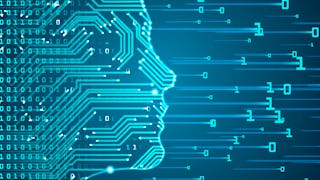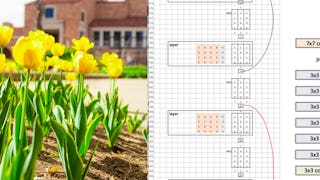Unlock the power of deep learning to transform visual data into actionable insights. This hands-on course guides you through the foundational and advanced techniques that drive modern computer vision applications—from image classification to generative modeling.
You'll begin with the building blocks of deep learning - understanding how multilayer perceptrons (MLPs) work, and exploring normalization techniques that stabilize and accelerate training. You'll then dive into unsupervised learning with autoencoders and discover the magic behind Generative Adversarial Networks (GANs) that can create realistic images from noise. After, you'll master the architecture that revolutionized computer vision by learning how CNNs extract spatial hierarchies and patterns from images for tasks like object detection and recognition. Finally, you'll explore cutting-edge architectures. ResNet introduces residual learning for deeper networks, while U-Net powers precise image segmentation in medical imaging and beyond. Whether you're a data scientist, engineer, or AI enthusiast, this course equips you with the skills to build and deploy deep learning models for real-world vision tasks. With practical examples and guided learning, you'll gain both theoretical understanding and hands-on experience. This course can be taken for academic credit as part of CU Boulder’s MS in Data Science or MS in Computer Science degrees offered on the Coursera platform. These fully accredited graduate degrees offer targeted courses, short 8-week sessions, and pay-as-you-go tuition. Admission is based on performance in three preliminary courses, not academic history. CU degrees on Coursera are ideal for recent graduates or working professionals. Learn more: MS in Data Science: https://www.coursera.org/degrees/master-of-science-data-science-boulder MS in Computer Science: https://coursera.org/degrees/ms-computer-science-boulder



















